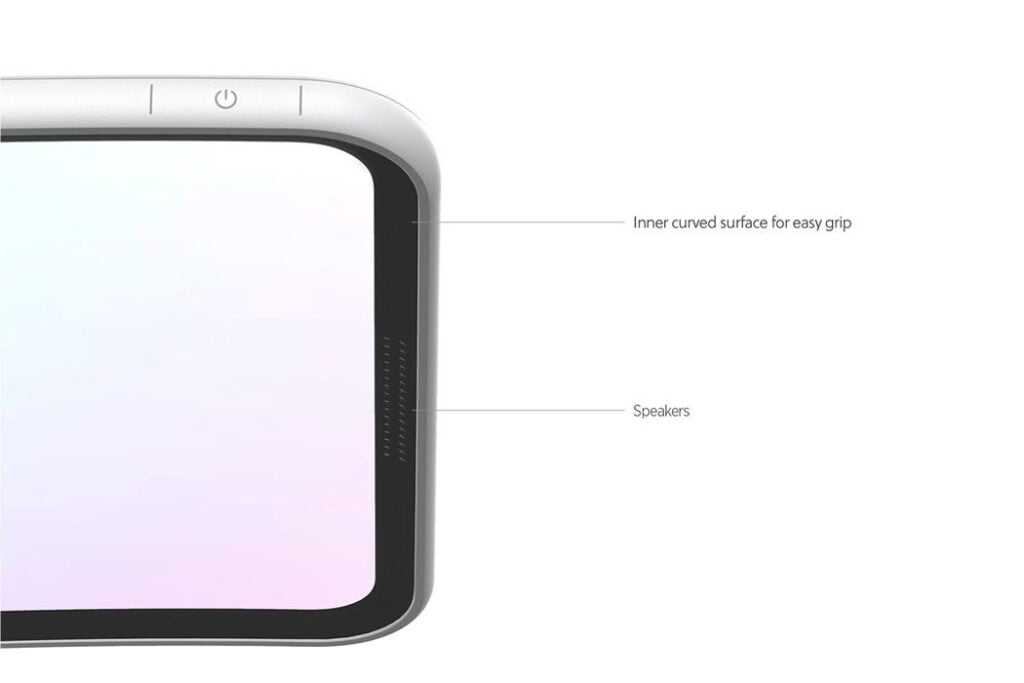The stress and impact that intensive care units can have on patients' mental health typically results in prolonged hospital stays.
Problem cycles typically occur as soon as patients experience trauma. This happens before entering the ICU or during treatment.
And the trauma usually arises from a lack of communication between the patient and medical staff or from general communication problems.
SOVA gives voice to those who cannot speak
Recognizing the mental stressors within the ICU, a team of designers created SLEEP, an intensive care medical care device that tracks a patient's health progress and allows him or her to communicate their needs simply by moving their eyes.
Before, during or after the ICU visit, nearly half of patients receiving medical care experience some form of trauma or mental stress that makes it difficult to communicate their needs.
SOVA essentially tracks and records the first signs of physical or mental pain, so that medical personnel within the ICU can provide the patient with appropriate treatment.
With physical pain, insomnia and anxiety being just some of the stressors in the ICU, SOVA works as a system to monitor these and other stressors for support and treatment in real time.
How SOVA is made, the precious help for intensive care

Made up of three main components, SOVA features a doctor interface, a patient interface and sensors that the patient can wear. The sensors work to monitor the patient's brain activity and sleep patterns, while a camera integrated into the patient's interface watches over their hospital room.
Similar to the notifications we are used to seeing on our smartphones, SOVA sends alerts to patients ranging from future visits to health progress statistics.
Through integrated eye-tracking software, SOVA allows patients to answer health-related questions and communicate their needs. The communication is displayed on the doctor's interface in the intensive care room.

This seamless flow of communication allows medical personnel to act quickly.


